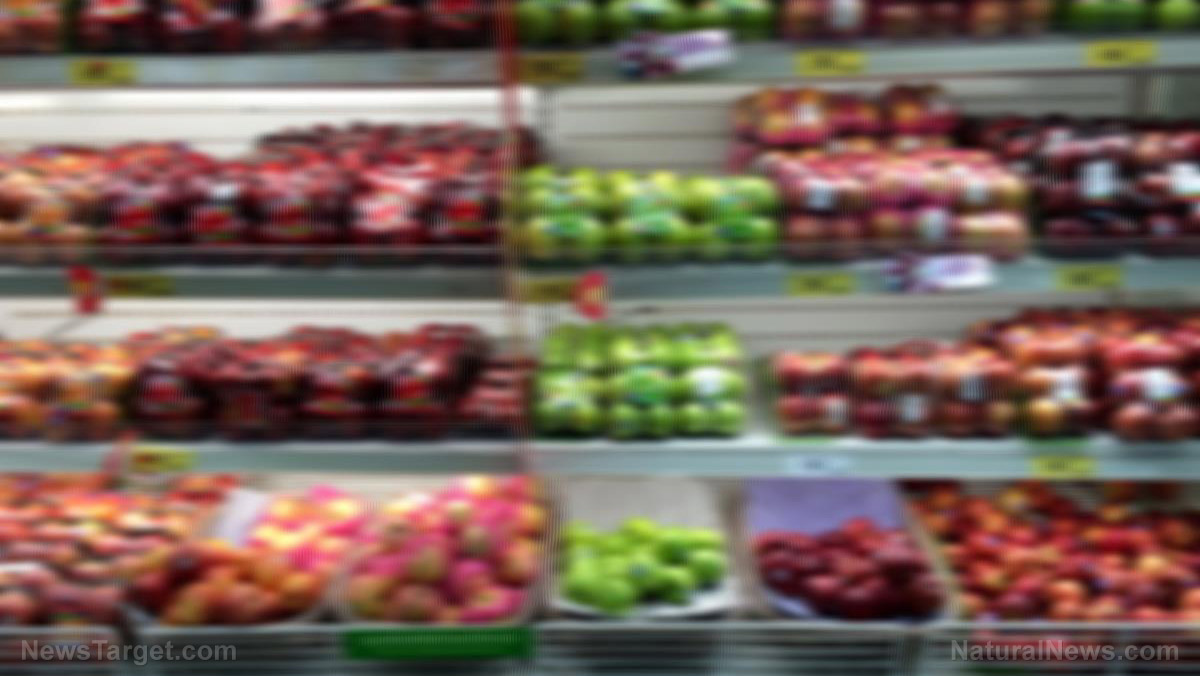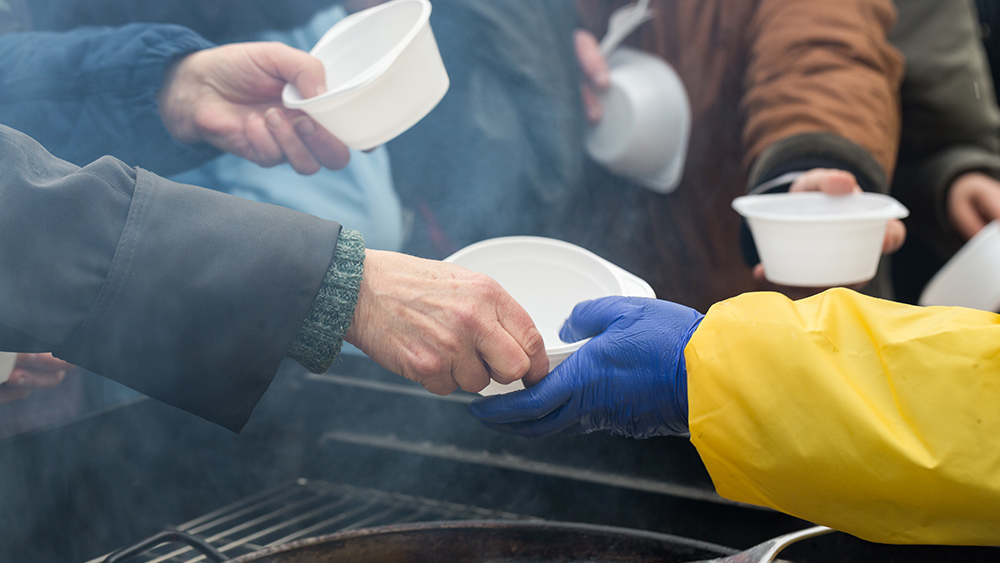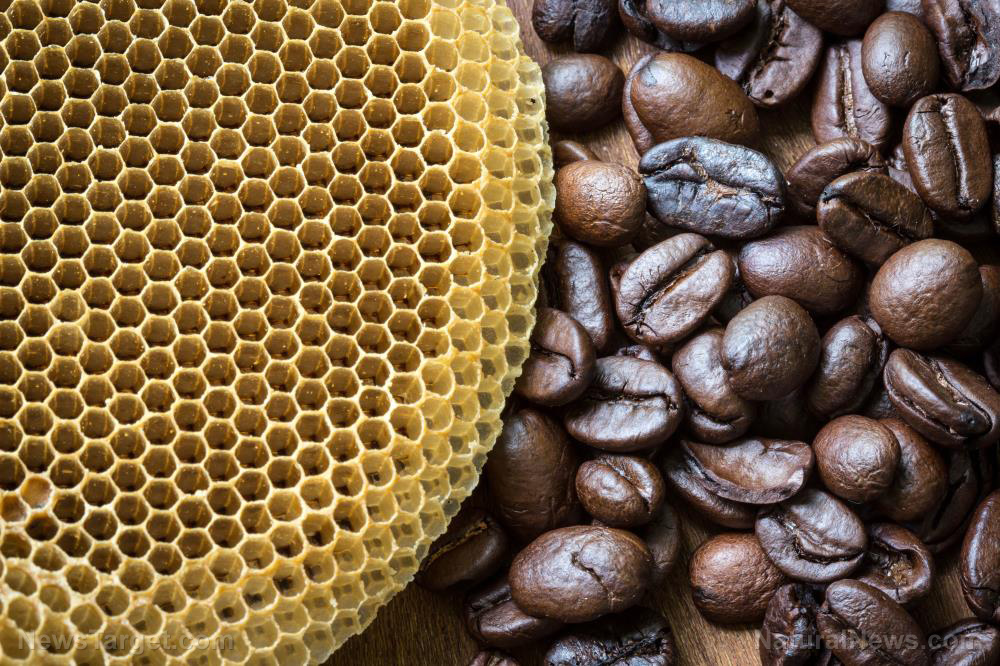Supply chain disruptions are getting worse as engineered shortages are designed to collapse economies
09/06/2021 / By JD Heyes

Global supply lines continue to come under duress as lingering effects of the COVID-19 pandemic remain and as new shutdowns occur thanks to the spread of the delta variant.
“The vast network of ports, container vessels and trucking companies that moves goods around the world is badly tangled, and the cost of shipping is skyrocketing. That’s troubling news for retailers and holiday shoppers,” CNN reported late last week.
“More than 18 months into the pandemic, the disruption to global supply chains is getting worse, spurring shortages of consumer products and making it more expensive for companies to ship goods where they’re needed,” the network added.
In addition to the cornucopia of issues that are preventing the global supply chain, which was established over decades, from recovering from the pandemic, another fact is emerging: Consumers everywhere are going to be paying higher prices for just about everything, and for Americans, that’s bad because inflationary pressures were already high due to the rampant, irresponsible spending by a Democrat-controlled Congress and a mind-addled President Joe Biden.
Some companies are already beginning to warn of shortages including Hasbro, Adidas and Crocs, the footwear company, meaning that despite higher prices, there’s no way some of these companies are going to earn the kind of income they need to remain viable, especially those whose profits were greatly reduced during the pandemic and were already teetering on the edge of solvency.
“The pressures on global supply chains have not eased, and we do not expect them to any time soon,” Bob Biesterfeld, the CEO of C.H. Robinson, one of the world’s largest logistics firms, told CNN.
As usual, China’s the problem here — and that’s because the U.S. and the West have come to depend far too much on the Asian giant’s cheap goods.
CNN noted that one of the world’s largest shipping terminals — the Ningbo-Zhoushan Port south of Shanghai — has been closed since Aug. 11 after a single dock worker tested positive for the virus. That has caused major shipping companies like Maersk, Hapag-Lloyd, and CMA CGM to change their schedules to steer clear of the port even as they warn their customers of additional delays.
The port, the worlds’ third-busiest, is also disrupting operations at other Chinese ports, putting further stress on supply lines that were already under pressure from additional troubles at the Yantian port. There have also been container shortages, factory closures due to the virus in Vietnam, as well as lingering delays from a blockage of the Suez Canal in March.
“We currently expect the market situation only to ease in the first quarter of 2022 at the earliest,” Hapag-Lloyd chief executive Rolf Habben Jansen noted in a recent statement.
In short, the world’s supply chain is in dire straits and the problem isn’t going to go away anytime soon, which is also working to raise the cost of shipping — costs that will be passed along to customers up and down the line. And it’s something that is being perpetuated, as noted by the closure of the Ningbo-Zhoushan Port over one case of the virus. One.
And we’re not talking small single or double-digit increases in shipping costs; we’re talking high three-digit increases.
“The biggest price jump was along the route from Shanghai to Rotterdam in the Netherlands, with the cost of a 40-foot container soaring 659% to $13,698. Container shipping prices on routes from Shanghai to Los Angeles and New York have also jumped,” CNN reported.
Soren Skou, CEO of container shipping giant Maersk, told an earnings call this month, “The current historically high freight rates are caused by the fact that there is unmet demand. “There’s simply not enough capacity.”
As we reported last week, there is already a food shortage in the U.S. — not in supply of food, per se, but the ability to get food to market. And that situation, too, is only getting worse.
Sources include:
Tagged Under: chaos, China, Collapse, covid-19, food supply, global supply chain, Inflation, preparedness, price spikes, shortages, supply chain, supply disruptions
RECENT NEWS & ARTICLES
COPYRIGHT © 2017 FOOD COLLAPSE





















